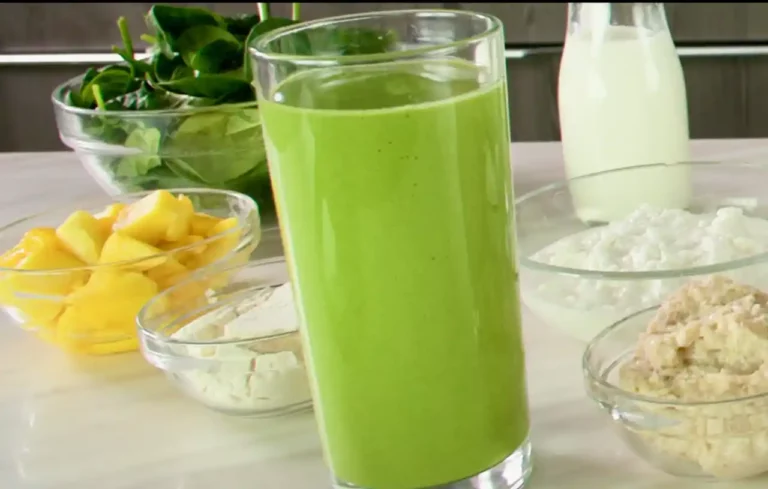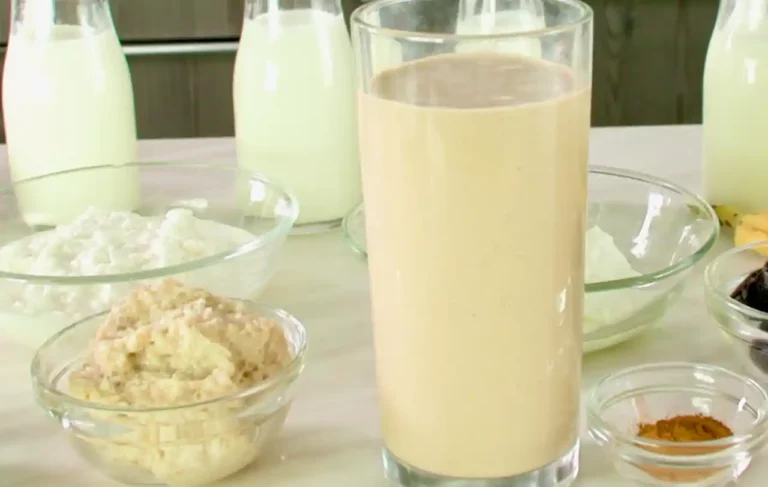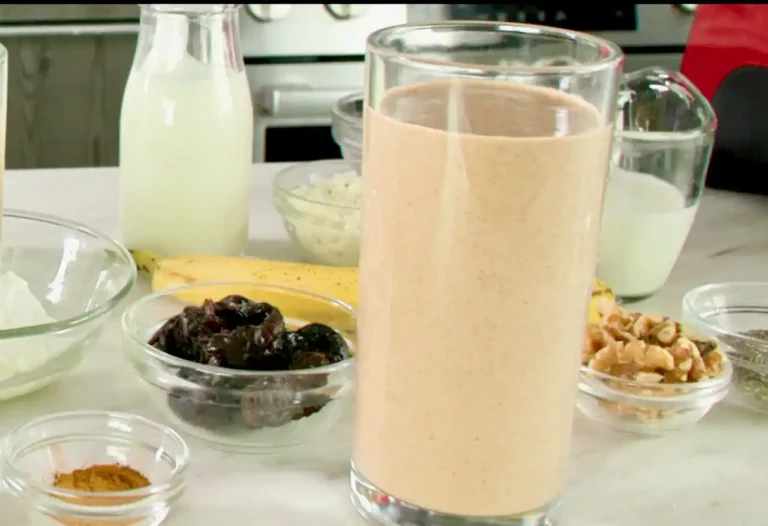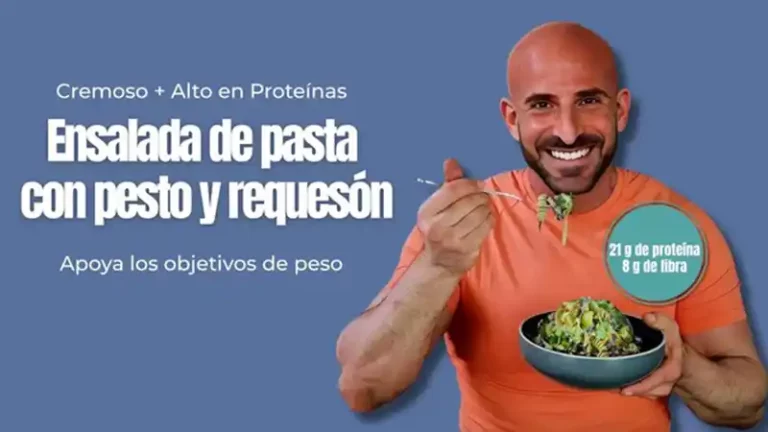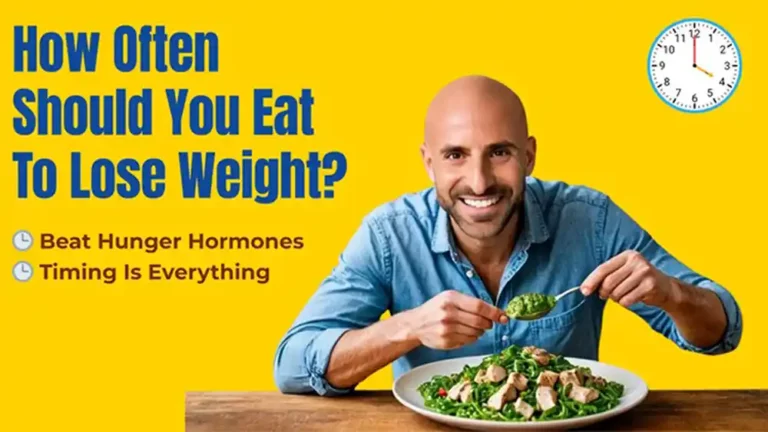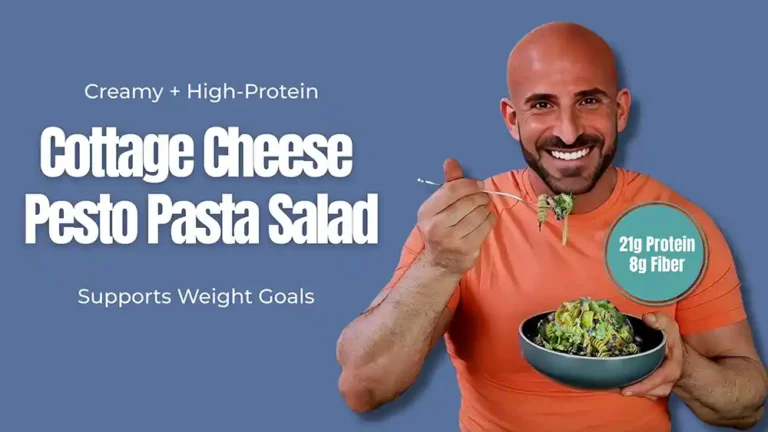Explore the world of meal replacement smoothies with a dietitian-approved balance of macronutrients.
It’s time to dive into the world of healthy meal replacement smoothies. These aren’t your ordinary drinks; they’re liquid superheroes packed with all the good stuff your body craves! I’m talking about balanced meals in a glass powered with protein, healthy fats, carbs, and gut-friendly microbes.
Learn how incorporating prebiotic and probiotic ingredients from dairy, fruits and more can further enhance these mixtures. These three delicious meal replacement smoothies can aid weight goals while supporting gut health. It’s never been easier to prepare for the week ahead with your meal on-the-go without compromising your health!
I’ve partnered with National Dairy Council to show you three delicious ways to build a healthy meal replacement smoothie.
Can a Smoothie Replace a Meal?
When crafted with the right balance of proteins, healthy fats, carbohydrates, and nutrients, a meal replacement smoothie isn’t just a substitute. It can be a complete, convenient, and nourishing option that can keep you energized and satisfied throughout your day.
Plus, it is a simple solution to include whole foods in a convenient and inexpensive way.
How to Make Gut-Friendly Meal Replacement Smoothies
And as a bonus, I’ve also made these combinations with prebiotic and probiotic-containing ingredients for gut health.
Did you know that the human digestive tract contains trillions of bacterial cells, also known as microorganisms? These bacteria play a big role in our overall health.
- Prebiotics are food for beneficial microbes that live on or in us, so they benefit probiotics. They are often found in fibrous plant-based foods such as fruits, vegetables, seeds, and more.
- A fermented food is designated as a probiotic when it contains a studied probiotic at a dose that can show a health benefit.
Does Dairy Contain Probiotics?
The only two dairy foods that are often considered sources of probiotics are yogurt (any type – regular, Greek, Icelandic) and kefir.
Cultured dairy foods such as yogurt and kefir typically have the most live microorganisms among fermented foods and are considered probiotics.
Cottage cheese is a fermented food and may have some live microbes but not enough to be considered a probiotic unless strains have been added.
3 Healthy Meal Replacement Smoothies
So, to benefit gut health and overall health while reaching your weight goals, I have infused these meal replacement smoothies with prebiotics and probiotics. The fruits, vegetables, nuts, or seeds contain prebiotics, and the kefir and Greek yogurt contain probiotics.
1. Mango Avocado Spinach Smoothie
This smoothie is a mix of low-fat kefir, avocado, mango, spinach, and a scoop of protein powder for an added protein boost. I’ve included low-fat kefir here for the probiotics.
2. Cinnamon Oatmeal Smoothie
Next is for cozy breakfast lovers – a Cinnamon Oatmeal Smoothie. It’s a blend of Greek yogurt, cottage cheese, a touch of milk, oatmeal, cinnamon, prunes, and walnuts. Greek yogurt contains live and active cultures as the source of probiotics. It can be enjoyed warm or cold. And yes, you can eat uncooked oatmeal in a smoothie if you prefer that texture.
Note: If you need a warm breakfast smoothie you can warm up the milk and warm oatmeal
3. High-Protein Cherry Smoothie
Here we mix kefir, milk, cherries, banana, chia seeds, and protein powder. It contains minimal ingredients but has maximal flavor.
Final Thoughts on Meal Replacement Smoothies
Remember, these smoothies aren’t just for managing your weight; they’re about balancing nutrition and convenience without compromising health. In all of these recipes, I’ve added a fruit, whole grain or vegetable that offers a prebiotic fiber source.
So, next time you’re looking for a meal in a glass, give these recipes a try.
For more dairy inspiration visit US Dairy.
Explore More Smoothie Recipes
- Papaya Carrot Ginger Smoothie
- Mango Blueberry Ginger Yogurt Immunity Smoothie
- Warm Cinnamon Applesauce Protein Smoothie
References
- International Scientific Association for Probiotics and Prebiotics. Prebiotics: What are Prebiotics? 2019. https://isappscience.org/wp-content/uploads/2019/04/Prebiotics_Infographic_rev1029.pdf
- Sugizaki CSA, Naves MMV. Potential Prebiotic Properties of Nuts and Edible Seeds and Their Relationship to Obesity. Nutrients. 2018;10(11):1645. Published 2018 Nov 3. doi:10.3390/nu10111645
- International Scientific Association for Probiotics and Prebiotics. Probiotics: Dispelling Myths. 2018. https://isappscience.org/wp-content/uploads/2019/04/Dispelling-Probiotic-Myths.pdf
- FAQs – International Scientific Association for Probiotics and Prebiotics (ISAPP). Published November 13, 2019. Accessed January 9, 2024. https://isappscience.org/for-consumers/learn/faqs/

